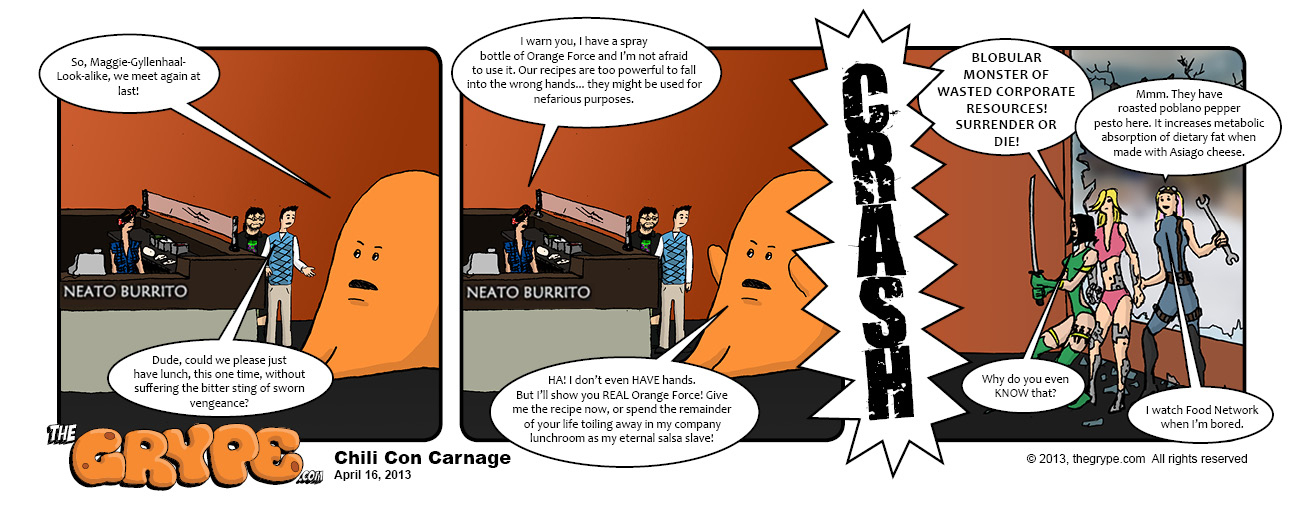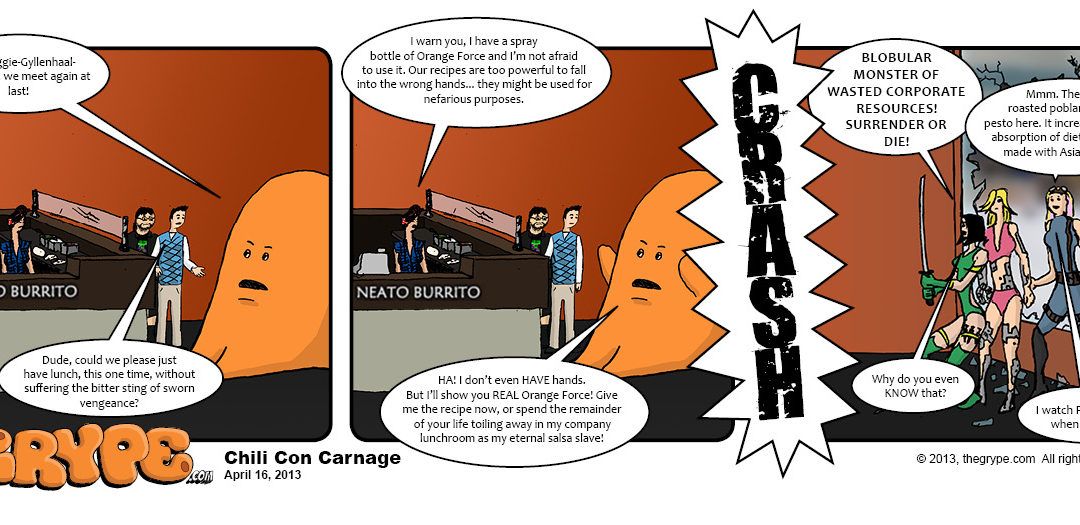 The business world— oft beset by legions of dull, mono-thinking clock-watchers devoid of creativity and imagination— innately values the guiding motivational force generated by leaders who “have vision.” Such confirmed visionaries are highly regarded for their insight. In this context, “having vision” means “possessing an inherent understanding of how an endeavor should be achieved, according to a pre-visualized goal.” This “vision” takes many forms; in the arts, it harnesses unexpected flashes of creative inspiration to catapult artistic endeavors to ultimate success. In business it can be further defined as “doggedly pursuing a clear and well-formed goal to completion.” In sum: such visionaries can pre-visualize a project and reliably predict the best path to an objective by providing a fixed goal that guides the project to a successful end.
The business world— oft beset by legions of dull, mono-thinking clock-watchers devoid of creativity and imagination— innately values the guiding motivational force generated by leaders who “have vision.” Such confirmed visionaries are highly regarded for their insight. In this context, “having vision” means “possessing an inherent understanding of how an endeavor should be achieved, according to a pre-visualized goal.” This “vision” takes many forms; in the arts, it harnesses unexpected flashes of creative inspiration to catapult artistic endeavors to ultimate success. In business it can be further defined as “doggedly pursuing a clear and well-formed goal to completion.” In sum: such visionaries can pre-visualize a project and reliably predict the best path to an objective by providing a fixed goal that guides the project to a successful end.
Since the mental agility acquired to perform this feat combines creativity with a certain stubborn confidence in one’s personal judgement of how best to achieve success, it’s a fairly rare— though highly prized— ability. Especially if said visionary can reliably repeat the feat whenever necessary. These are the stunningly effective “idea men” and “go-to guys” (or girls) destined for stardom in their business dealings (unless purposely sabotaged by less talented rivals… but that’s a different discussion).
One of the worst things that can happen to any creative, intelligent employee in a business situation is for them to get stuck working under a higher-up (such as a team manager or a department head) who claims— be it misguidedly, or disingenuously— to have “vision”…but who actually has no idea what that even means.
One of the most glaring clues betraying that a supposed “visionary” actually lacks any well-formed vision or concept of the project du’jour is the tell-tale use of 7 deadly words: “I’ll know it when I see it.” If the “visionary” cannot tell you exactly what he or she has supposedly “envisioned,” they really aren’t envisioning it, are they? Assurances like “I’ll know it when I see it,” plus repeated demands that subordinates provide a range of multiple options from which the leader may choose, can usually be correctly interpreted to mean “I won’t know it UNTIL I see it.” In which case, the end result won’t be the pre-envisioned concept of one person— it will be a combination of the assorted visions of the entire team— i.e, “Our Vision” rather than “My Vision.”
There’s nothing wrong with that, provided all contributors receive credit for their input. But it’s galling to supply option after option to a so-called “visionary,” providing every element that gives a project or creation its unique identity as a functioning whole, then to hear the false cry of misappropriated victory from above: “Eureka! We’ve done it! This was my vision all along!”
Uh…nope. If the result HAD been the leader’s personal “vision” all along, he or she would have been able to accurately describe it (or provide a basic guide to its development) from the very start. The end result in such cases is the shared vision of many people working in conjunction. Often it is the so-called visionary who has contributed the LEAST amount of personal creativity and input to the project.
Working for a true visionary can be exhilarating. But the terrible emotional and professional toll taken when a creative, productive worker is continuously (unfairly) mined for original ideas— for which someone else takes credit— is a price no efficient business should dare risk demanding from its best employees.

